Creating a fictional world for English language education
By Scott Granville
Several years ago, after the release of our first series, Fortune, I penned an article for EFL Magazine on the process of writing drama for English language learners.
One of the most rewarding elements of the work our team continues to demonstrate is a consistency in process. With so many distractions and variables involved with creating a commercial product, it would be easy to lose focus and drift away from the ambitious target we set ourselves from the outset – quality storytelling with purposeful learning opportunities.
As we move towards production on our ninth and tenth series in September (with two further series scheduled for November), I wanted to revisit some of the key features from the writing stage (prior to filming) that lays the groundwork for the finished series.
The following description outlines three steps (in broad strokes) taken to ensure consistency in our delivery:
1. Creating the world
In this first step, we are careful not to limit the scope of the idea. Brainstorming sessions and conversations are open to concepts that may appear far-reaching at first glance but can later be modified to fit into an engaging narrative arc.
Once a potential list has been reduced to 3-5 ideas, we then consider the logistics of each idea against the expected budget. The following characters/locations always come with additional risk/time factors (in no particular order): animals, children, (action on) water.
A further important consideration is how we showcase the New Zealand environment. Our physical location provides an important visual foundation and we are always eager to include these features at any opportunity.
After discussing these additional factors, a story concept is agreed upon and a first draft is written.
2. Defining the characters
A first draft is a good starting point and sets up the second discussion session about how the characters interact within the fictional world that is beginning to take shape.
As the target audience is already defined (learners of English), at this stage we are identifying learning opportunities within the narrative. What social interactions can be highlighted (e.g. ordering food, making a complaint) and how does the story flow while embedding these features? What visual cues and actions lend themselves to language input for the desired audience?
What we have found time and again during the writing process is that based on the learning objectives, certain characters will grow into a larger role, while for others their inclusion is seen as superfluous and they drift into a minor part. There have been some interesting characters that have met an untimely end during this stage of writing and never make it onto the screen.
3. Refining the language
The episode scripts are now in a good place from a story perspective, but one final and important negotiation awaits, the modification of dialogue and spoken language.
We have clear objectives with the spoken language used in our series:
· Short dialogue sequences
· Short chunks of information
· Adjusted vocabulary for learning level (stretch words are included)
· Adjusted sentence complexity for learning level (at a high recurrence rate)
These set objectives result in a careful review and robust discussion to ensure balance in maintaining an engaging narrative while providing valuable learning. It is a timely but ultimately critical step in the writing process and one that we continue to refine with every new series.
At the completion of these writing steps, the scripts are ready for distributing to the actors and production team to begin their preparation for filming. But that’s a blog post for another time.
We would love to hear your thoughts, comments and questions on our writing process.
